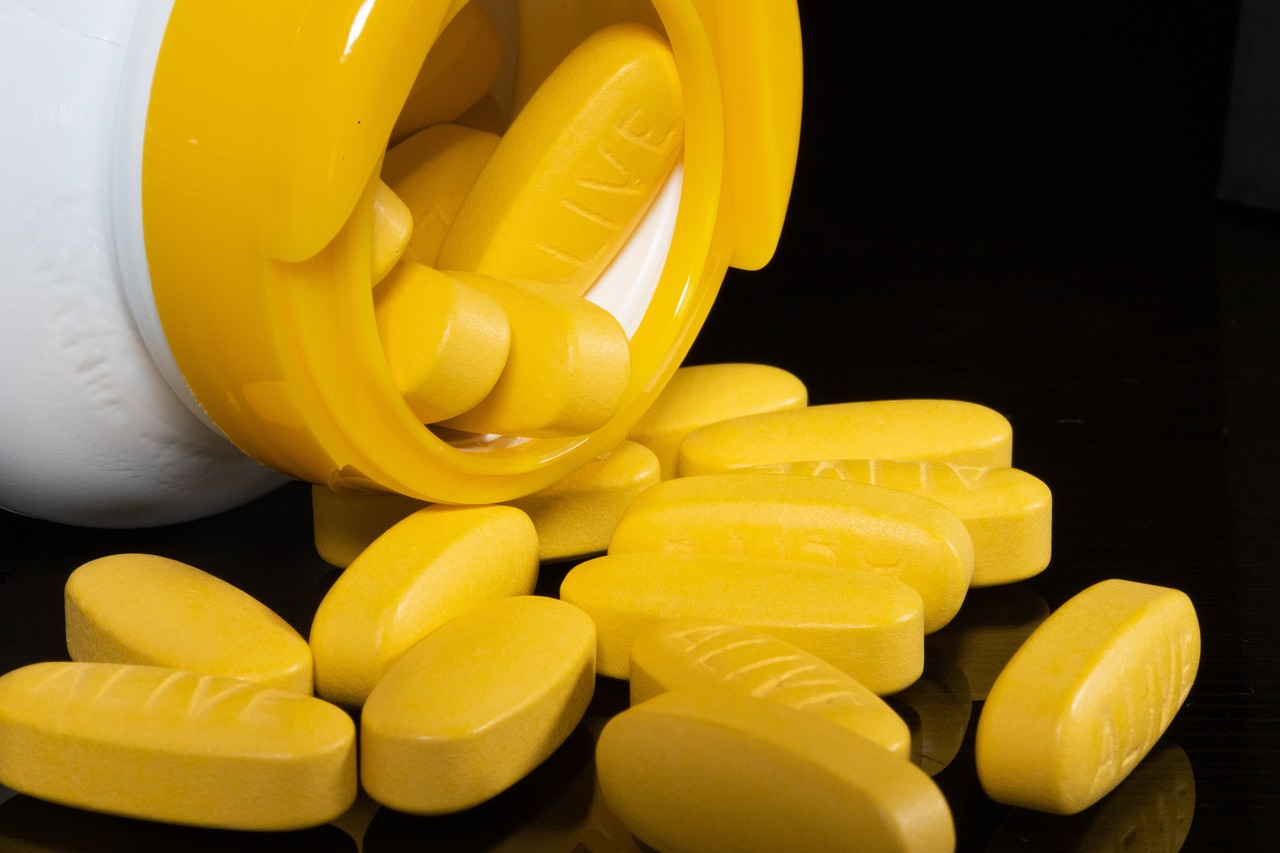Enteric Coated Tablets: More Than Just a Shiny Surface

Have you ever wondered why some medicines have a shiny coating on them, like tablets from a strip of Omeprazole used to treat nausea? These medicines with an additional shiny layer are called enteric coated tablets. But why is there a genuine need to apply an additional layer to medicines anyway? Is it to increase their aesthetic appeal? But why should we care about the aesthetic appeal of medicines or tablets, since the sole purpose of any medicine should be to provide its therapeutic effect?
The answer to all these questions is actually pretty scientific and reasonable. To start with, the word "enteric" in enteric coated tablets refers to the intestines, and tablets are oral medicines. When we study the pharmacokinetics of normal drugs or drugs without enteric coating, a simple phenomenon is observed: the drug taken from the mouth goes to the stomach, where it is disintegrated due to the acidic environment, and the drug is easily released from the tablet. It then becomes part of the bloodstream and goes to its site of action to give its therapeutic effect.
However, when we study the journey of enteric coated tablets in the body, a major difference is observed. When an enteric coated tablet is taken by mouth, it goes to the stomach but does not disintegrate in the acidic environment. Instead, the tablet remains intact and moves towards the small intestine, where it disintegrates easily in the alkaline environment. The drug is then released in the small intestine, and the rest of the journey remains the same: the drug is released into the bloodstream and moves to its site of action to show its therapeutic effect.
The formulation of enteric coated tablets is equally interesting. A typical enteric coated tablet is made up of hydroxypropyl methylcellulose phthalate (HPMCP), polyvinyl acetate phthalate, diethyl phthalate, and cellulose acetate phthalate. Cellulose acetate is the most functional component, as it acts as an obstacle against the acidic stomach environment.
In the late 19th and 20th centuries, a common issue arose where some drugs showed increased side effects due to their disruption in the stomach and failed to reach their target therapeutic value, resulting in reduced efficacy. To eliminate this problem, a drug named "Salol" was developed with Shellac used as a preventive measure against stomach acid. This principle has since been followed to formulate medicines that wouldn't disrupt in the stomach and would remain stable, biologically active, and show their efficacy towards the diseased condition.
The invention of enteric coated medicines is now a mandatory practiced formulation made to enable a more effective and targeted drug delivery system. Today, enteric coated tablets are recognized as a great technology in the pharmaceutical industry, applied to various dosage forms and used globally. Finally, this shiny layer has been adapted as an aesthetic appeal by many medicine makers; therefore, unless the medicine brand claims it to be an enteric coated medicine, it should not be assumed to be one.
Similar Post You May Like
-

CFCs, HFCs and their long, troubled history
At its peak, the ozone hole covered an area 7 times larger than the size of Europe, around 29.9 million km2, and was rapidly expanding
-

The Origin of Universe: Deciding point where it all began!
Let us unravel and surf through the ideas throughout ages to understand what the universe and its origin itself was to its inhabitants across history.
-

The Artemis Program
Inspired by the Greek goddess of the Moon, twin sister to Apollo, the artimis program was named on 14 May 2019 by Jim Bridenstine.







